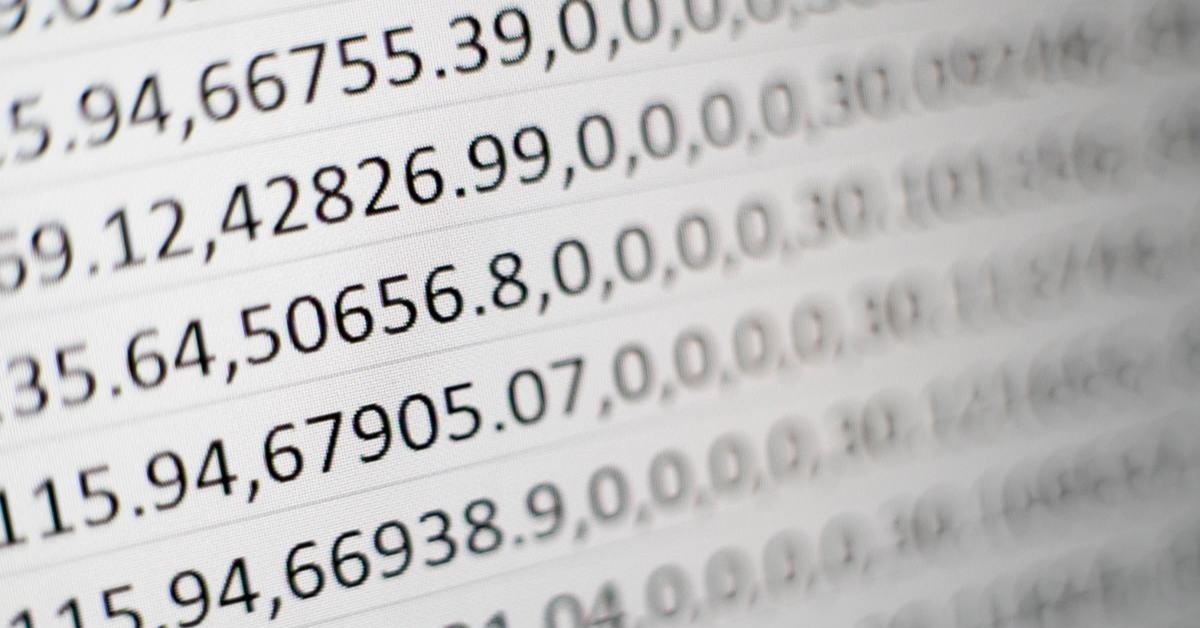
Data Scientists: What They Do, How Much They Make
Quant nerds can make a lot of money in data [...]
If the thought of data excites you—from sifting through large data sets to finding interesting trends in data—then you might consider a career in data science or data analysis. But how is a data analyst different from a data scientist? And how do you know which path is right for you?
While both data analysts and data scientists work with data, it’s what they do with it that makes all the difference. Data analysts describe and diagnose. They answer questions like “What happened?” and “Why did it happen?” They examine data to identify patterns or trends and present their findings in visual form such as charts and graphs.
Meanwhile, data scientists go beyond description and diagnosis—they predict and prescribe. They answer questions such as “What might happen?” and “What should be done?” They design models and build algorithms to uncover the possibilities that the data holds.
Data analysts are tasked with telling stories through data. To do this, they:
These duties require strong skills in database querying languages like SQL, as well as statistical programming languages such as R and Python. Data visualization is key, so knowledge of tools like Tableau is vital. Communication skills are essential too, especially when presenting results to other stakeholders.
| University and Program Name | Learn More |
|
Boston College:
Master of Science in Applied Analytics
|
|
|
Merrimack College:
Master of Science in Data Science
|
Data scientists also do what data analysts do, but they go even deeper with data. In addition to the tasks mentioned above, data scientists also:
This means that data scientists must have solid math, statistics, and programming skills. In his data scientist Venn diagram, Stack Exchange user Stephan Kolassa defines data scientists as having business acumen and communication skills on top of their expertise in statistics and programming. He puts it this way: “Clients will rather work with some data scientist A who understands their specific field than with another data scientist B who first needs the basics. And the role of communication is important, too. You may need to explain your statistical insights to a business manager who needs to be convinced to spend money or change processes, or to a programmer who doesn’t think statistically. All the insights you derive by leveraging your hacking, stats, and business expertise won’t make a bit of a difference unless you can communicate them to people who may not have that unique blend of knowledge.”
__(More food for thought: What’s the Difference Between a Data Scientist and a Machine Learning Engineer?)__
Both data analysts and data scientists are well-educated, rigorously trained professionals. So if you’re eyeing any of these careers, you’ll need to start with a bachelor’s degree in math, statistics, or computer science. Many traditional universities now offer a degree in data science or data analytics, or you can choose either field as your major. But you’ll probably need to earn a master’s or doctoral degree if you take the data science path.
According to Martin Schedlbauer, associate teaching professor and director of Northeastern University’s online faculty and programs, the differences between data scientists and data analysts are rooted in their professional and educational backgrounds. “Data scientists are quite different from data analysts; they’re much more technical and mathematical. They’ll have more of a background in computer science, and most businesses want an advanced degree.”
If you choose not to pursue advanced education, you can look into certifications and boot camps to help gain an edge or bridge the gap from data analyst to data scientist.
You might also consider the flexibility of online courses if you’re not prepared to commit to the years required for an advanced degree. You can earn a traditional degree through online education providers (the University of Illinois at Urbana-Champaign offers a Master of Computer Science in Data Science degree through Coursera).
Data analysts usually start in entry-level roles and move on to become senior analysts or analytics managers. They can choose to focus on the business or product side and become business analysts or product managers, or they can transition to a data scientist role.
Data scientists generally enter the workforce as interns or junior data scientists, but data analyst roles also offer another path in. They then move up as principal or chief data scientists.
Note that “data analyst” and “data scientist” job titles are often used interchangeably. HR departments and hiring managers aren’t typically familiar with the differences between the two roles, so make sure to review the qualifications and responsibilities of each role before applying.
Current demand for data analysts and data scientists is high, and this will continue in the coming years. PwC estimates that by 2020, there will be over 2 million job postings for data science and analytics roles. Industries with the greatest demand for both professions include finance and insurance, IT, manufacturing, and professional services, according to a report by IBM, the Business-Higher Education Forum, and Burning Glass Technologies.
Both data analysts and data scientists are also highly paid. In Glassdoor’s 50 Best Jobs in America for 2019, data scientist was ranked in the top position, with a median base salary of $108,000. In this same report, data analyst was ranked #31, with a median base salary of $60,000. LinkedIn’s 2018 U.S. Emerging Jobs Report also includes data scientist in its ranks, with data science specialist taking the seventh spot in the list.
These numbers show that data analyst and data science careers are thriving. So whichever path you choose, you’re sure to reap the rewards in the end.
(Last Updated on February 26, 2024)
Questions or feedback? Email editor@noodle.com

Quant nerds can make a lot of money in data [...]

Learning statistical analysis, statistical methods, and statistical theory is a [...]

The human eye blinks an average of 4,200,000 times a [...]
Categorized as: Data Science, Information Technology & Engineering